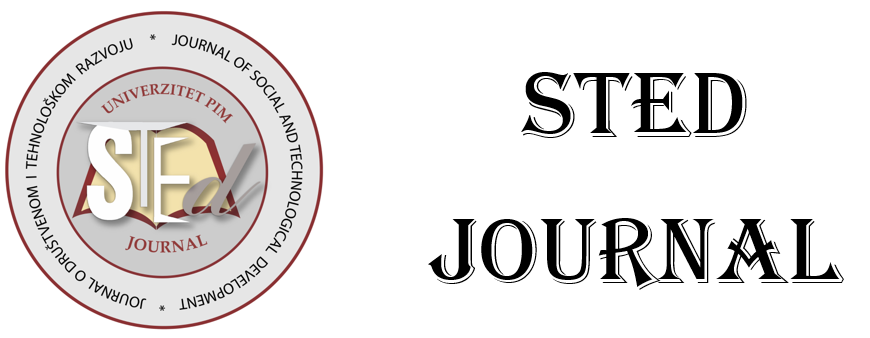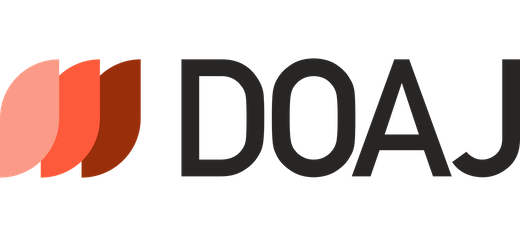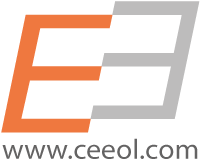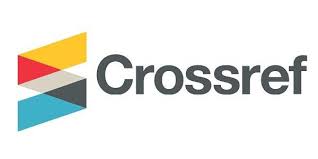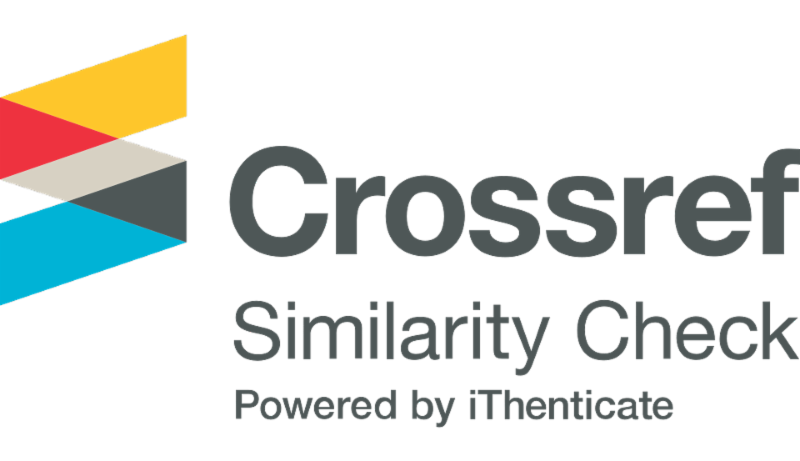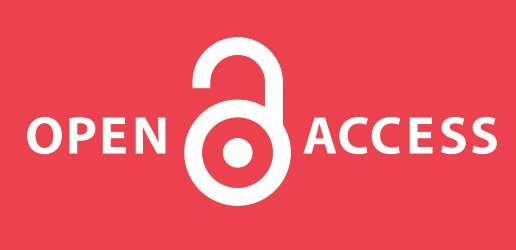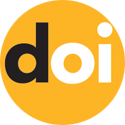
More articles from Volume 2, Issue 1, 2020
PHYTOCHEMICAL STUDY TO VALIDATE THE ETHNOBOTANICAL IMPORTANCE OF Dioscorea steriscus TUBERS OBTAINED FROM ZIMBABWE
DEVELOPMENT OF GEOGRAPHIC INFORMATION SYSTEM IN EDUCATION BY USING THE RATIONAL UNIFIED PROCESS IN BANDUNG
PORODIČNA AFEKTIVNA VEZANOST KOD SUICIDALNIH PACIJENATA
THE PARADOXICAL RELATIONSHIP OF COGNITION AND NONCOGNITION
ANALYSIS OF APPROACHES TO THE MATERIAL FLOW IN THE PRODUCTION PROCESS WITH THE USE OF SIMULATION
Article views
DEVELOPMENT OF GEOGRAPHIC INFORMATION SYSTEM IN EDUCATION BY USING THE RATIONAL UNIFIED PROCESS IN BANDUNG
Dept. of Information System, Faculty of Engineering, Universitas Widyatama , Bandung , Indonesia
Dept. of Information System, Faculty of Engineering, Universitas Widyatama , Bandung , Indonesia
Received: 15.02.2020.
Accepted: 20.04.2020. >>
Published: 26.05.2020.
Volume 2, Issue 1 (2020)
pp. 11-18;
Abstract
Education must be obtained and guaranteed by the government with quality and equitable services in all regions in Indonesia. Geographic information systems become one of the solutions that can help the process of equitable education and help the government take appropriate actions. This study discusses how the development of a website-based geographic information system that can be used to map the distribution of educational data in the city of Bandung using the Rational Unified Process (RUP) and Unified Modeling Language (UML) methods for system modeling. The process of making maps in this study uses Quantum GIS (QGIS) software with database storage using PostgreSQL. The output target of this study is in the form of a geographic information system website mapping educational data distribution in the city of Bandung. This website is created as a graphic summary dashboard based on the spatial field of education so that the public and government can easily draw conclusions about the distribution of existing education such as knowing the balance of the number of schools, teachers and students in an area that can affect the quality of teaching and learning activities in schools and the quality of education in that area.
Keywords
References
Citation
Copyright
All papers are licensed under a Creative Commons Attribution 4.0 International License.
Article metrics
The statements, opinions and data contained in the journal are solely those of the individual authors and contributors and not of the publisher and the editor(s). We stay neutral with regard to jurisdictional claims in published maps and institutional affiliations.
